Introduction to PPR and PVC Pipes
What are PPR Pipes?
PPR (Polypropylene Random Copolymer) pipes are popular in modern plumbing and piping systems due to their durability and versatility. These pipes are made from a type of plastic known for its high resistance to heat and chemicals, making them suitable for a wide range of applications, including hot and cold water systems, industrial fluids, and more.
What are PVC Pipes?
PVC (Polyvinyl Chloride) pipes have been a staple in the plumbing industry for decades. These pipes are made from a plastic polymer and are known for their rigidity, cost-effectiveness, and ease of installation. PVC pipes are commonly used for sewerage, drainage, and other low-pressure applications.
Key Differences Overview
While both PPR and PVC pipes serve essential roles in plumbing, their material properties and suitable applications vary significantly. Understanding these differences is crucial for choosing the right type of pipe for specific needs.
Material and Structural Differences
Composition and Durability
PPR pipes are made from a random copolymer polypropylene, which gives them excellent thermal resistance and mechanical strength. This makes PPR pipes highly durable and able to withstand high temperatures and pressures, ideal for both hot and cold water systems.
PVC pipes are composed of polyvinyl chloride, a material that offers good chemical resistance and rigidity. However, PVC is not as heat-resistant as PPR, limiting its use to cold water applications and certain industrial uses where high temperatures are not a concern.
Flexibility and Strength
PPR pipes exhibit greater flexibility compared to PVC pipes, which are more rigid. This flexibility allows PPR pipes to better absorb shocks and vibrations, reducing the risk of cracks and leaks. PPR’s ability to expand and contract without losing integrity makes it suitable for fluctuating temperature environments.
On the other hand, PVC pipes, while more rigid, offer sufficient strength for many plumbing applications. However, their rigidity can make them more susceptible to breaking under stress or impact, especially in colder temperatures where the material becomes more brittle.
Installation and Application Differences
Ease of Installation
PPR pipes are known for their easy and secure installation process. They are joined using heat fusion, creating strong, leak-proof connections. This method reduces the chances of leaks and ensures a long-lasting piping system. Additionally, PPR pipe are lightweight and easy to handle, further simplifying the installation process.
PVC pipes are typically joined using solvent welding or mechanical fittings. While solvent welding is relatively straightforward, it requires careful handling to ensure a secure bond and prevent leaks. Mechanical fittings can simplify the process but may add to the overall cost and complexity of the installation.
Common Applications
PPR pipes are widely used in residential and commercial plumbing for hot and cold water systems, HVAC systems, and even in some industrial applications where chemical resistance is required. Their ability to withstand high temperatures makes them ideal for hot water transport.
PVC pipes, due to their chemical resistance and cost-effectiveness, are commonly used in sewerage, drainage, and irrigation systems. They are also suitable for electrical conduit applications, where their rigidity provides excellent protection for cables.
Cost Considerations
While both PPR and PVC pipes are cost-effective, the total cost can vary depending on the application. PPR pipes may have a higher upfront cost due to the materials and installation method, but their durability and low maintenance needs can result in long-term savings.
PVC pipes generally have a lower initial cost and are readily available, making them a popular choice for many low-pressure and drainage applications. However, the potential for more frequent repairs and replacements can affect the overall cost-effectiveness.
Conclusion:
Assessing Application Needs
When deciding between PPR and PVC pipes, consider the specific requirements of your project. For applications requiring high-temperature resistance, durability, and flexibility, PPR pipes are often the better choice. They offer a reliable solution for hot water systems and environments where the pipes will experience thermal expansion and contraction.
Long-Term Benefits
Both PPR and PVC pipes offer significant benefits, but their suitability depends on the intended use. PPR pipes provide long-term reliability and performance in a variety of settings, while PVC pipes offer a cost-effective solution for many standard plumbing needs. By understanding the differences between these two types of pipes, you can make an informed decision that ensures the efficiency and longevity of your piping system.
IFAN is a Chinese manufacturer of plastic pipes, fittings and valves with 30 years of experience. If you are interested in IFAN copper fittings, copper valves, plastic pipes and fittings, please contact us. IFAN offers you a variety of standard pipes to meet your specific needs. Click below to learn more about IFAN’s wide range of affordable and cost-effective valve products and piping system related products.
We will reply your email or fax within 24 hours.
You can call us at any time if there is any question on our production.
For more information,pls visit our webside https://pipefittingpro.com/
Pls Mailto: [email protected]
Whatsapp: + 86 19857948982

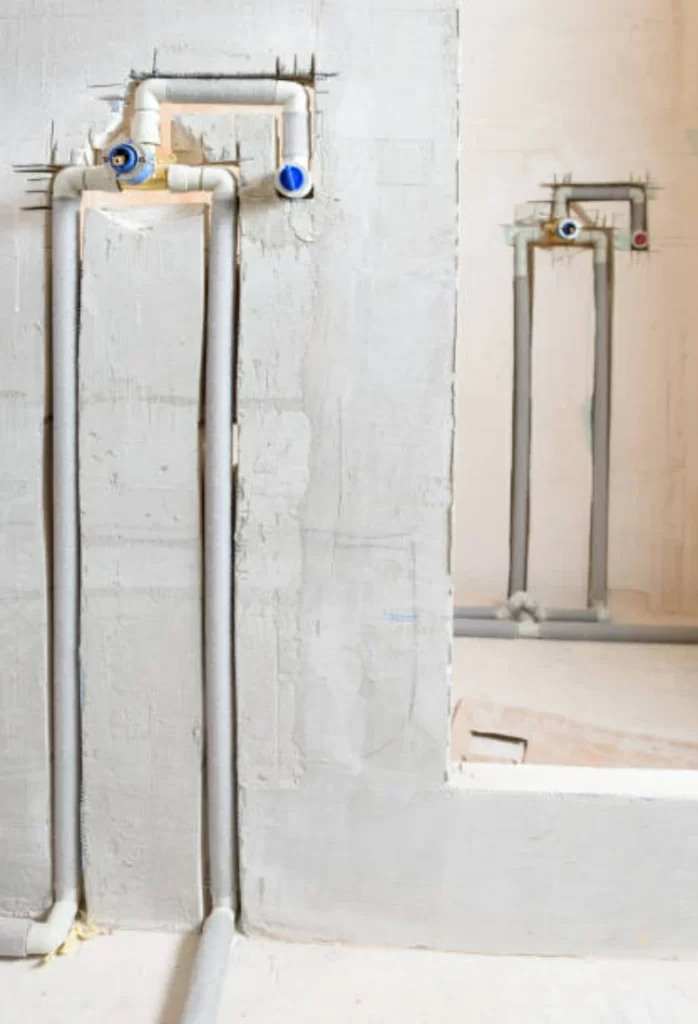
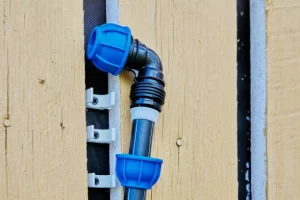
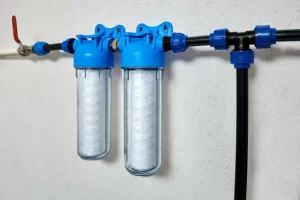
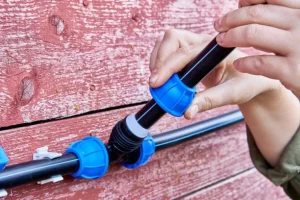
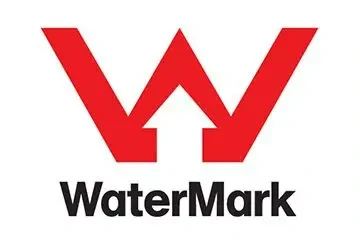

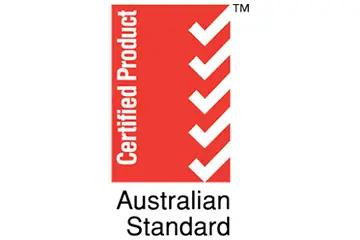
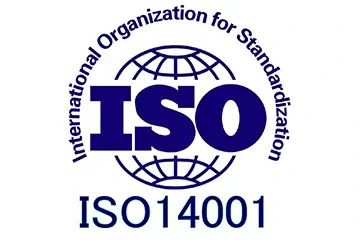

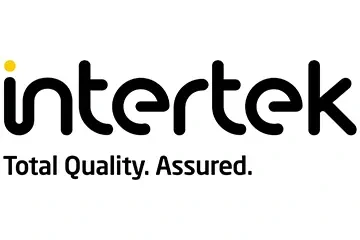


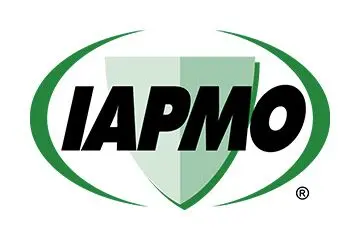
Recent Comments